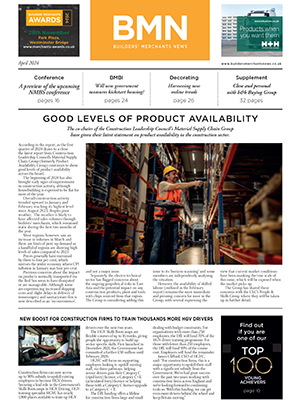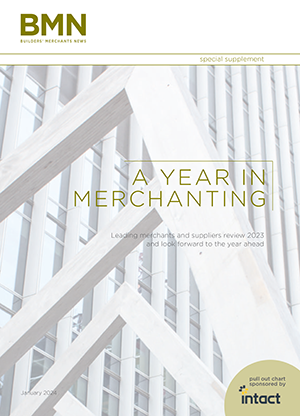UK construction companies have indicated a further moderate rise in business activity during June. This was highlighted by the latest reading of the seasonally adjusted Markit/CIPS UK Construction Purchasing Managers’ Index, which was the strongest since May 2012.
Highlights of the latest reading include:
- The index posted 51.0 up from 50.8 in May and above the 50.0 no-change value for the second month running. Higher output levels were driven by a solid rate of new-order growth in June, and this in turn contributed to rising employment levels in the construction sector during the latest survey period.
- June data indicated that overall output growth in the UK construction sector was supported by a fifth consecutive monthly rise in residential building activity. Although housing activity was the strongest performing sub-sector in June, the rate of output expansion eased from May’s 26-month high.
- Meanwhile, levels of business activity stabilised during June in the commercial and civil engineering sub-sectors, thereby ending four-month and five-month periods of decline respectively. In the civil engineering sector, companies suggested that new tender wins had supported output levels.
- New business received by UK construction companies increased for the second month running in June. The rate of new-order growth accelerated since May and was the strongest for just over a year. Anecdotal evidence pointed to signs of an upturn in underlying client demand and stronger levels of new work in the housebuilding sector.
- Higher levels of incoming new work boosted construction firms’ expectations for output over the next 12 months. June data showed that around four times as many companies (41%) anticipate a rise in business activity as those that forecast a drop (10%). This meant that the overall degree of business confidence in the construction sector was the strongest since April 2012.
- Improved expectations about the business outlook and rising levels of new work underpinned a rise in construction workforce numbers for the first time since February. Although the latest survey signalled only a moderate rise in employment levels, the rate of job creation was the most marked since September 2012.
- Increased workloads encouraged construction companies to raise their volumes of input buying in June, which ended a 12-month period of falling purchasing activity. Meanwhile, supplier performance continued to deteriorate and higher average cost burdens placed pressure on margins. The rate of input price inflation in June was only fractionally slower than May’s five-month high.
Tim Moore, senior economist at Markit and author of the Markit/CIPS Construction PMI, said: “June’s construction data is one of the final pieces in the puzzle when it comes to survey evidence for second quarter UK economic performance, and the sector’s upturn adds to the upbeat news flow ahead of Mark Carney’s first policy meeting at the Bank of England this week.
“The improvement in overall construction output simultaneously raises chances of strong second-quarter UK GDP growth, and reduces the likelihood of imminent additional policy stimulus from the Bank of England.”
According to Mr Moore, government incentive schemes have bolstered the housebuilding sector, the main area of growth for the industry. He added, on an optimistic note, that it was encouraging to see some stability back in civil engineering and commercial building after such a lengthy period of decline.
Commenting on the report, David Noble, chief executive officer at the Chartered Institute of Purchasing & Supply, said: “A new dawn is emerging in the construction industry, with confidence of a sustained recovery beginning to build thanks to two months of consecutive output growth and the pace of new orders expansion hitting a 13-month high. Housing is the leading light sustaining last month’s performance; meanwhile commercial and civil engineering activity stabilised, arresting months of decline giving further cause for optimism.
“The strongest growth in new business orders for over a year is also driving employment upwards, resulting in confidence hitting its highest level since April 2012. This enthusiasm may also have been bolstered by the government’s support for new housebuilding. Whether expectations match reality, only time will tell.
“Suppliers still bear the scars of the recession, reflected in a lack of stock and limited capacity. Coupled with higher average-cost burdens, this is placing pressure on supply chains and cost margins. This needs to be rectified if the sector is to build on this momentum.”






